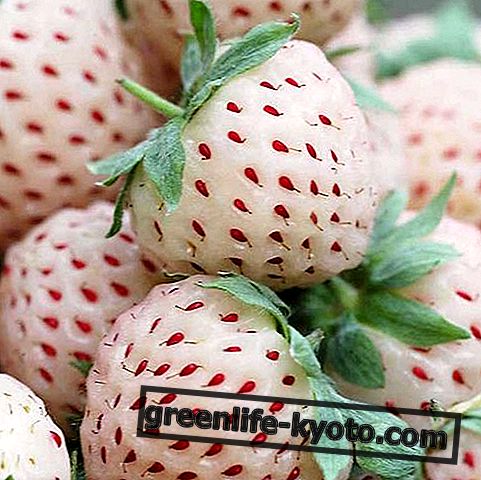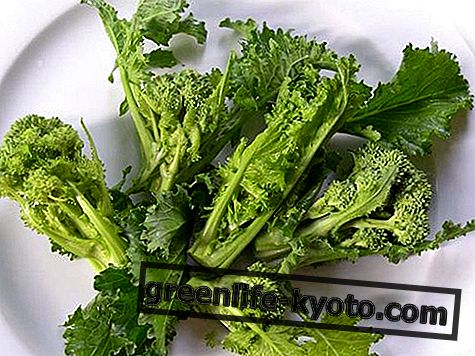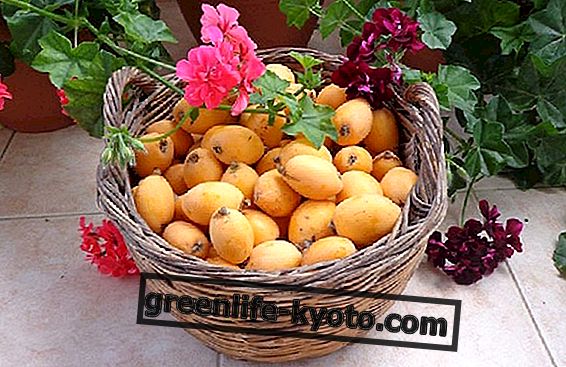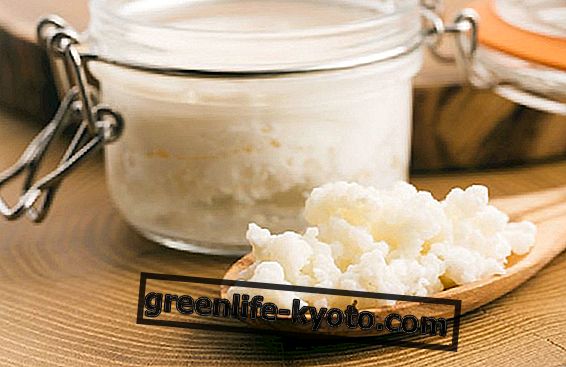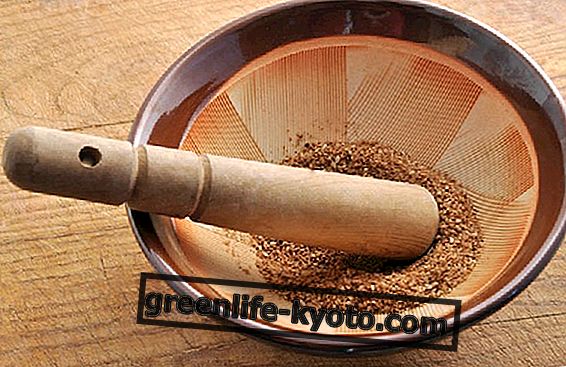
Gomasio is a condiment based on sesame and sal e, used a lot in vegan and vegetarian cuisines to give flavor to foods, precisely because it is very rich in nutrients, minerals and vitamins.
It comes to us from the Japanese tradition, where it has been used for centuries in the kitchen for various preparations, whose name itself derives from goma and shio, which in the Japanese language correspond to sesame and salt respectively.
Sesame contains important substances such as calcium, magnesium, iron, potassium, phosphorus, selenium, B vitamins and vitamin E, amino acids and polyunsaturated fats, such as the precious linoleic acid.
It is an excellent natural tonic for the blood, spleen, nervous system, muscles, hair and skin.
Recipe for making gomasio
To make the gomasio you will need a few tools, a pestle and a ceramic mortar, and a few ingredients, namely organic white sesame seeds, coarse sea salt .
Usually 6 parts of sesame and one of salt are used, but they can then vary according to personal tastes. You can also use black and red sesame, more difficult to find, but white is the richest in calcium. Let us remember that the consumption of gomasio helps to reduce the use of sodium chloride, so that, as you get used to it, you can also reduce the proportions of salt.
Process for about 100 grams of gomasio : put 7 tablespoons of white sesame seeds in cold water, rinse them well and drain. Pour the salt into the ceramic mortar and make it powdered with the appropriate pestle.
Meanwhile, place the previously washed sesame seeds in an oven dish, bake at 100 ° C for about 15 minutes, making sure they do not smoke. If you are more comfortable, you can do this toasting using a non-stick pan over medium heat and blasting the sesame for a few minutes, without burning or smoking.
Allow everything to cool and pour the seeds together with the salt in the mortar. Crush everything with the pestle, crushing and making circular motions. When you have reached the consistency of a not too fine and slightly oily powder you will have finished.
The gomasio thus made is ready; it is kept in a glass jar in the refrigerator for about a week. If you don't have the mortar and if you prefer to speed it all up, you can safely use the coffee grinder.
Other variants want it flavored with herbs, sage and rosemary, for example, or pepper and paprika, to give even more flavor to your dishes, or seaweed, to be even more nutritious and special for your ethnic recipes; or further enhanced by the use of even more valuable salts, such as Himalayan pink salt.
The choice varies according to the recipes that you will have to prepare. If you really want to make it according to tradition, let us give you the suribachi, a Japanese ceramic mortar, and your pestle, the surikogi .
How to use the gomasio
It is used in the kitchen in the most varied ways: to dress salads, boiled or steamed vegetables, cereals, pasta and rice, legumes, tofu and seitan and other veg preparations instead of salt and often nut. We see the 2 simple and quick recipes.
Sautéed rice with vegetables, gomasio and seaweed
In this case you can use dried kombu seaweed, cut into very small pieces, soften it in a sauté of spring onion and mixed seasonal vegetables, adding gomasio and a little water, then add the basmati rice and cook it adding water boiling for the indicated time, about 10-15 minutes.
Green beans with sesame and soy sauce
A dish often served in Japanese restaurants, the beans are steamed and seasoned with soy sauce, gomasio, sesame oil or extra virgin olive oil, and some whole sesame seeds for garnish. Free your imagination!
